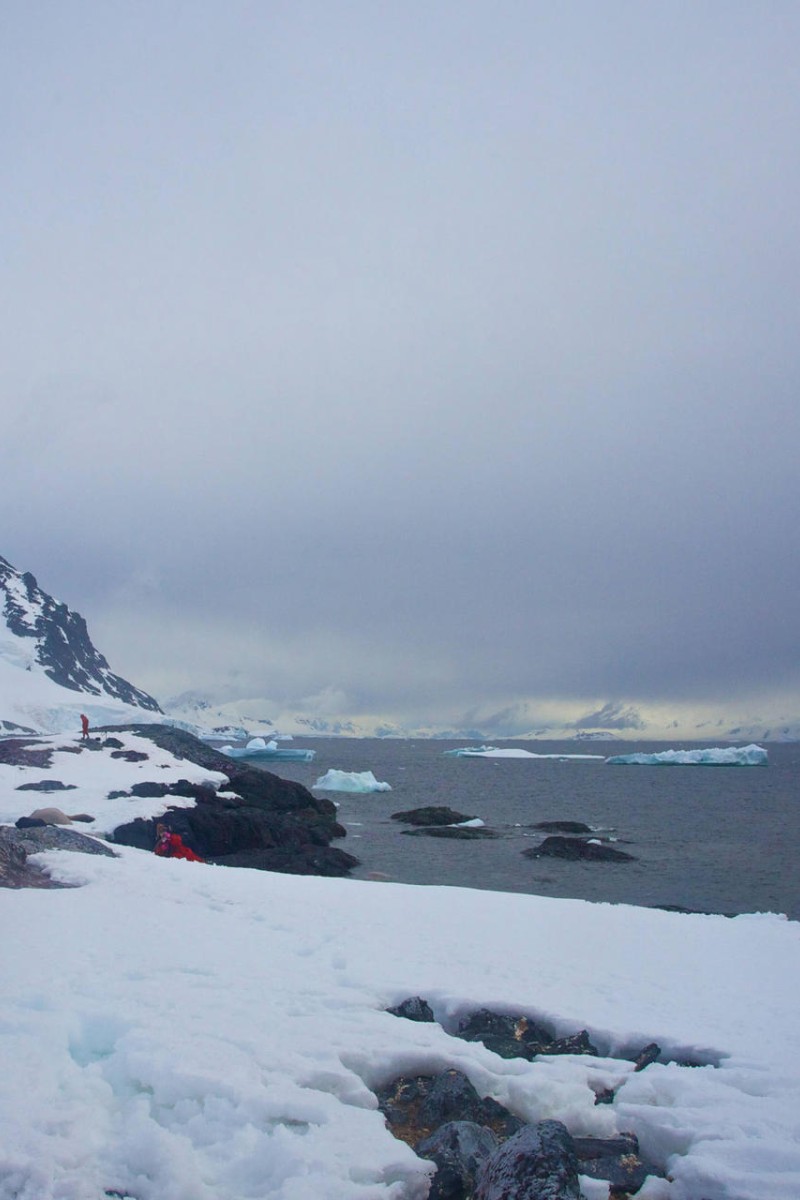
Birds flying backwards
An expedition to Antarctica allowed Angson Chow Yun-fu to study and write about one of the fiercest winds on Earth.
 Recording kites' flight is one way to study polar winds.
Recording kites' flight is one way to study polar winds.When I first set foot on Deception Island in Antarctica on an expedition organised by City University from mid-December to early January, I felt the explosive power of nature. The wind was so intense that birds literally flew backwards despite their furiously flapping wings, and the snow hit my face sideways so that I could hardly stand upright, let alone walk in a straight line. It was a kind of wind I had never experienced before.
The windiest continent certainly lived up to its name.
This phenomenon, known as a katabatic wind, happens because the density of the air varies. That is, gravity causes dense air from the high point of a slope to drift downhill. Katabatic originates from a Greek word that describes objects going downhill. The term was later used to describe this kind of intense wind. The basic elements required for this condition are low temperatures and a high density of air. This kind of wind is relatively rare. It's found more in places such as Antarctica and Greenland, where glacier ice is found in a high area.
These winds usually start in absolutely calm weather, then become violent and horrifying in a very short time. The wind can blow up to 200km/h when it reaches lower valley regions, which is equal to a T10 typhoon in Hong Kong. Rumour has it that the wind can blow off even the thickest snow and expose the ice underneath.
A katabatic wind plays an important role in the southern hemisphere's climate, changing the surface airflow, wind intensity and temperatures.
Wind is one of Mother Nature's most precious gifts. Years ago, it powered the first explorers to the polar regions. Now it is a diagnostic tool behind climate science. We can't forget how important the wind is. It circulates around us every day.